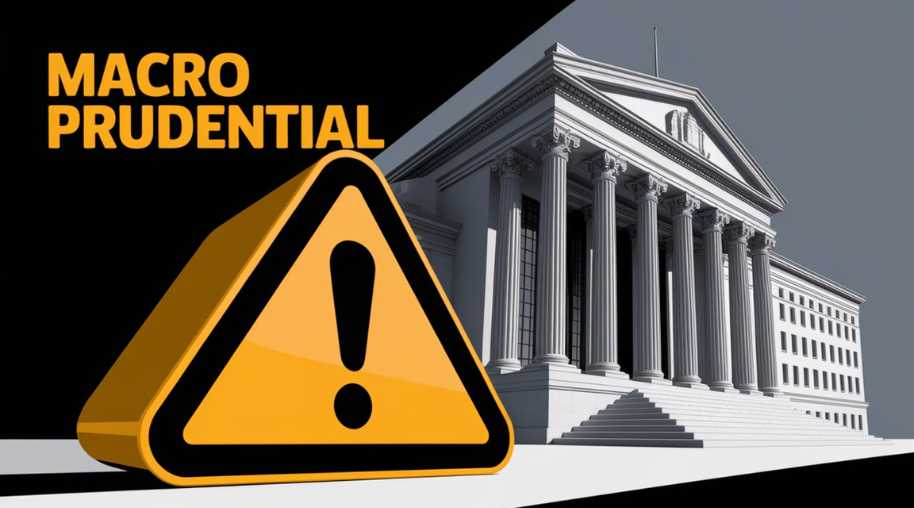GRF Full Form-Guarantee Redemption Fund
by Shashi Gaherwar
0 3131
Guarantee Redemption Fund: Safeguarding Fiscal Stability
The Guarantee Redemption Fund (GRF) is a dedicated fund established by governments to meet the payment obligations arising from guarantees provided to various entities, such as public sector undertakings (PSUs), infrastructure projects, and financial institutions. It plays a crucial role in fiscal management by ensuring that contingent liabilities do not disrupt the government’s financial stability.

Purpose of the Guarantee Redemption Fund
Governments often provide financial guarantees to support various projects and entities. These guarantees act as a backup for loans or investments, ensuring that creditors are repaid even if the borrower defaults. However, this creates a contingent liability for the government, which may lead to fiscal stress if not managed properly. The GRF helps mitigate this risk by:
- Providing liquidity to meet guarantee-related payment obligations.
- Reducing fiscal burden by allocating funds in advance.
- Ensuring transparency in government guarantees and their financial impact.
- Enhancing investor confidence by demonstrating responsible financial planning.
Mechanism of the Guarantee Redemption Fund
The GRF functions as a reserve fund maintained by the government, typically under the oversight of the Reserve Bank of India (RBI) or a similar financial authority in other countries. Its operation involves the following steps:
- Fund Creation: Governments allocate a portion of their annual budget to the GRF.
- Contributions: A pre-determined percentage of guarantee fees or premiums collected from guaranteed loans is deposited into the fund.
- Investment Strategy: The funds are invested in low-risk government securities to ensure steady growth and liquidity.
- Utilization: When a guaranteed entity defaults, the GRF covers the repayment, preventing sudden financial strain on the government.
- Replenishment: After payouts, the government refills the fund through budgetary allocations or increased guarantee fees.
Importance of the Guarantee Redemption Fund
- Maintains Fiscal Discipline: By ensuring that the government has adequate reserves to honor guarantees, the GRF helps prevent budgetary shocks and unexpected fiscal deficits.
- Reduces Government Risk Exposure: The fund minimizes the impact of contingent liabilities on public finances, reducing the risk of excessive debt accumulation.
- Supports Economic Stability: A well-managed GRF reassures investors and creditors, maintaining economic stability and encouraging further investments in infrastructure and public sector projects.
- Improves Credit Ratings: International credit rating agencies assess a government’s ability to manage liabilities. A robust GRF contributes positively to creditworthiness, leading to lower borrowing costs.
- Encourages Responsible Guarantee Issuance: Governments are more cautious in providing guarantees when a redemption fund exists, promoting responsible fiscal management and ensuring guarantees are extended only when necessary.
Challenges in Managing the Guarantee Redemption Fund
- Adequate Funding: Ensuring sufficient budgetary allocations to maintain liquidity.
- Investment Risks: Balancing safe investments while generating returns to grow the fund.
- Transparency Issues: Proper disclosure of contingent liabilities and fund utilization is crucial to maintain public trust.
- Policy Implementation: Effective regulations and legal frameworks are necessary to ensure smooth functioning.
Global Examples of Guarantee Redemption Funds
Many countries have adopted GRFs to manage financial risks effectively. For example:
- India: The GRF, managed by the RBI, helps cover defaults on government-backed guarantees.
- United Kingdom: The UK maintains similar contingency funds to manage financial guarantees issued to infrastructure and financial institutions.
- United States: Various federal and state-level guarantee funds exist to support housing, banking, and infrastructure projects.
The Guarantee Redemption Fund is an essential financial tool for governments to manage their contingent liabilities efficiently. By providing a structured approach to guarantee repayments, the GRF enhances fiscal discipline, promotes economic stability, and strengthens investor confidence. Proper governance and transparent policies are necessary to maximize its effectiveness, ensuring that public finances remain sustainable while supporting critical economic projects.
Further Learning Resources
If you’re passionate about building a successful blogging website, check out this helpful guide at Coding Tag – How to Start a Successful Blog. It offers practical steps and expert tips to kickstart your blogging journey!
For dedicated UPSC exam preparation, we highly recommend visiting www.iasmania.com. It offers well-structured resources, current affairs, and subject-wise notes tailored specifically for aspirants. Start your journey today!

Share:








Comments
Waiting for your comments